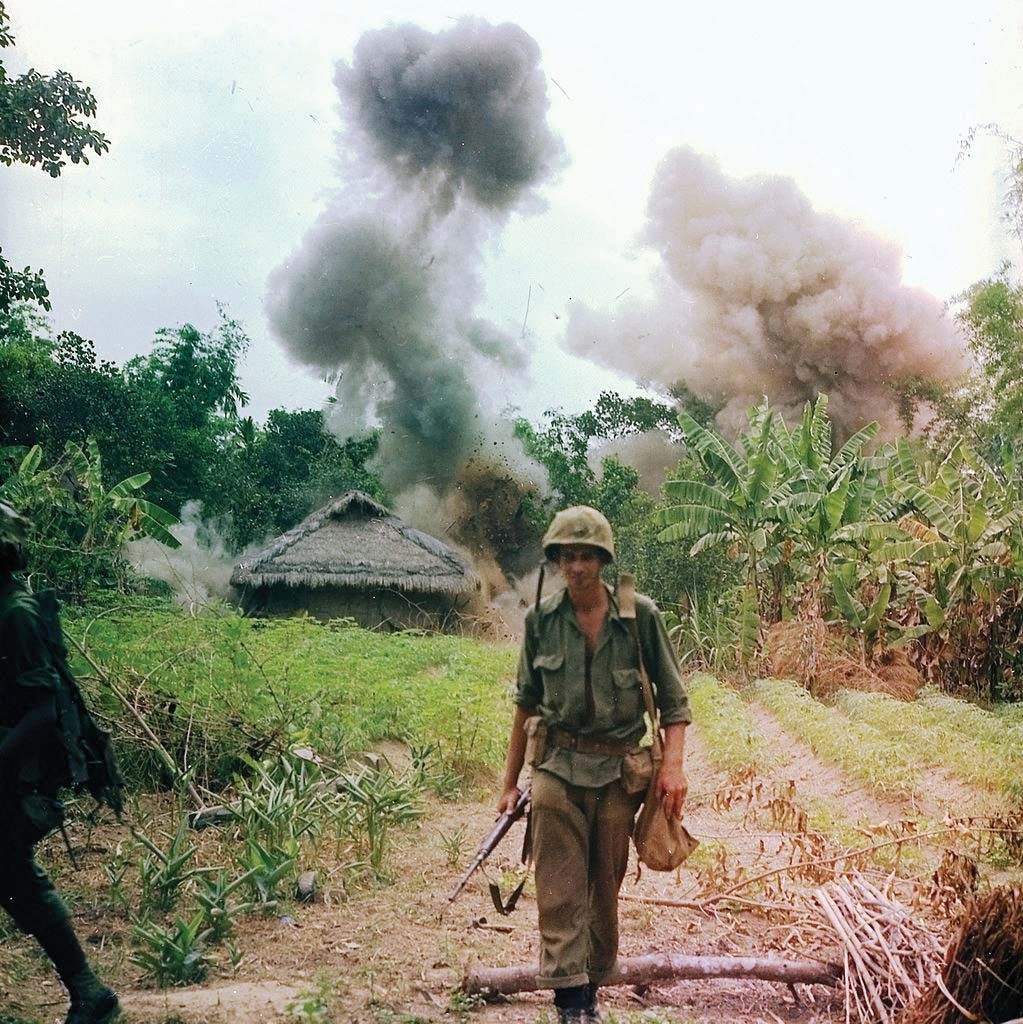The Vietnam War, a conflict that spanned from 1954 to 1975, remains one of the most debated and impactful events of the 20th century. Often referred to as the “American War” in Vietnam, it was a complex and multifaceted struggle with deep roots. Understanding why the Vietnam War started requires examining a confluence of factors, ranging from Vietnamese nationalism and the legacy of French colonialism to the global dynamics of the Cold War and the spread of communism.
One of the primary reasons for the Vietnam War was the desire of North Vietnam to unify the country under a communist government. Following the defeat of French colonial forces in 1954, Vietnam was temporarily divided into North and South Vietnam at the Geneva Conference. North Vietnam, under the leadership of Ho Chi Minh, embraced communism and aimed to create a unified, communist Vietnam, mirroring the political systems of the Soviet Union and China. This ambition for national unification under a communist ideology directly clashed with the government of South Vietnam, which sought to establish a nation aligned with Western democracies.
The origins of the Vietnam War are also inextricably linked to the broader context of the Cold War. The United States viewed the conflict in Vietnam through the lens of containing communism, fearing the “domino effect” – the idea that if one country fell to communism, others in the region would follow. This fear drove increasing U.S. involvement, starting with military advisors in the 1950s and escalating to full-scale combat troop deployment in 1965. The U.S. supported South Vietnam as a bulwark against communist expansion in Southeast Asia, seeing the North Vietnamese communist regime as part of a global communist threat orchestrated by the Soviet Union and China.
Conversely, North Vietnam received substantial support from communist powers, particularly the Soviet Union and China. These nations provided weapons, supplies, and advisors, bolstering North Vietnam’s capacity to wage war against the South and the United States. The Vietnam War, therefore, became a proxy conflict in the Cold War, with the two superpowers and their allies backing opposing sides in a localized but intensely fought war.
The internal dynamics within Vietnam also significantly contributed to the outbreak and continuation of the war. Even within South Vietnam, there was considerable support for unification and dissatisfaction with the South Vietnamese government. The Viet Cong, also known as the National Liberation Front, was a South Vietnamese communist guerrilla force supported by North Vietnam. They aimed to overthrow the South Vietnamese government and played a crucial role in escalating the conflict from within. Internal political instability and social divisions within South Vietnam made it vulnerable and further fueled the conflict.
By the late 1960s, the Vietnam War had reached its peak in terms of U.S. troop deployment, exceeding 500,000 personnel. However, the immense costs in human lives and resources, coupled with growing anti-war sentiment in the United States and internationally, eventually led to the withdrawal of U.S. combat forces by 1973. Despite the U.S. withdrawal, the conflict continued, culminating in the fall of Saigon to North Vietnamese forces in 1975 and the reunification of Vietnam under communist rule.
In conclusion, the Vietnam War started due to a complex interplay of Vietnamese nationalism, Cold War geopolitics, and internal Vietnamese divisions. The desire for a unified Vietnam, the global struggle between communism and democracy, and the specific circumstances within Vietnam all converged to ignite and sustain this protracted and devastating war. The legacy of the Vietnam War continues to shape discussions about international relations, interventionism, and the long-lasting impacts of conflict.
